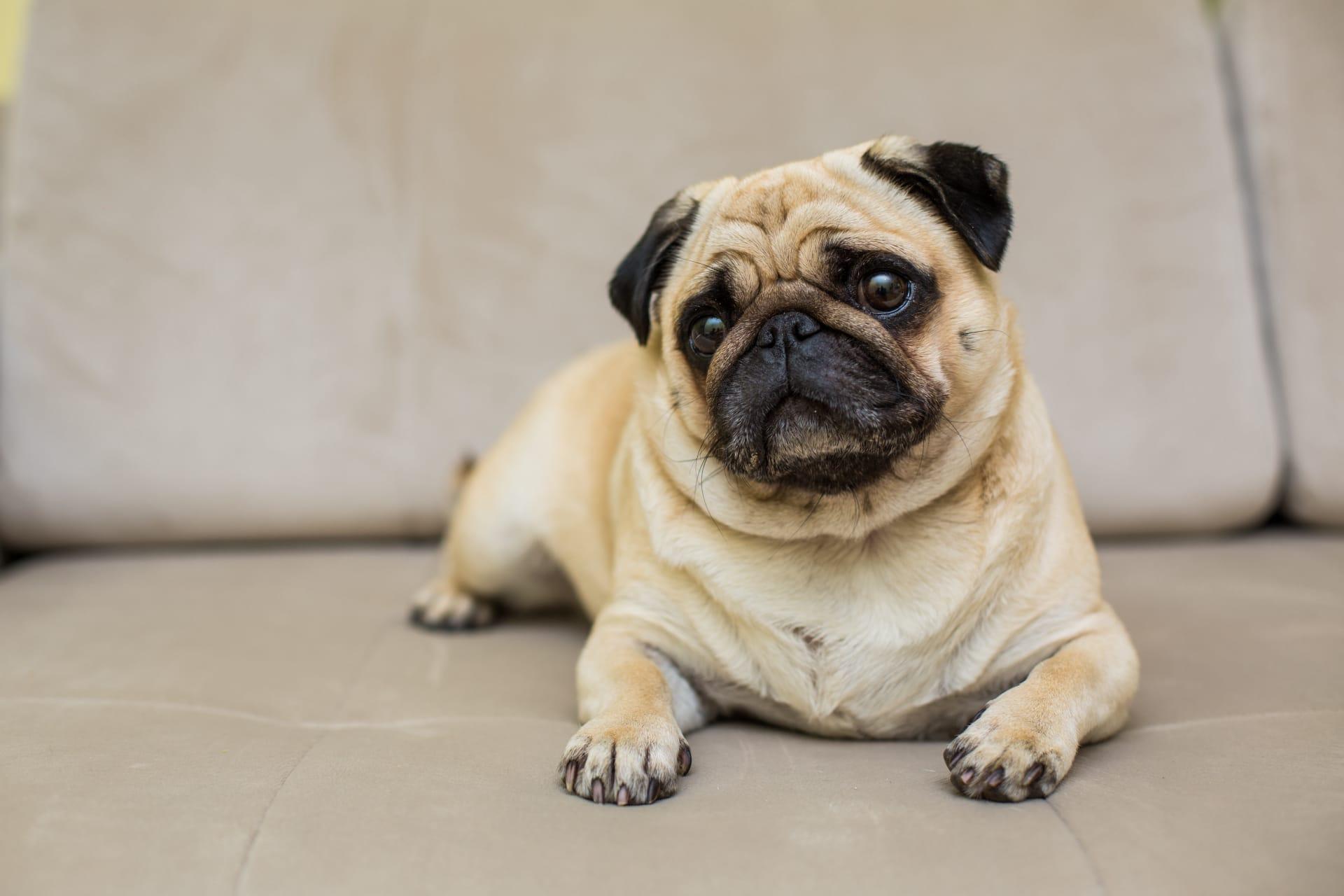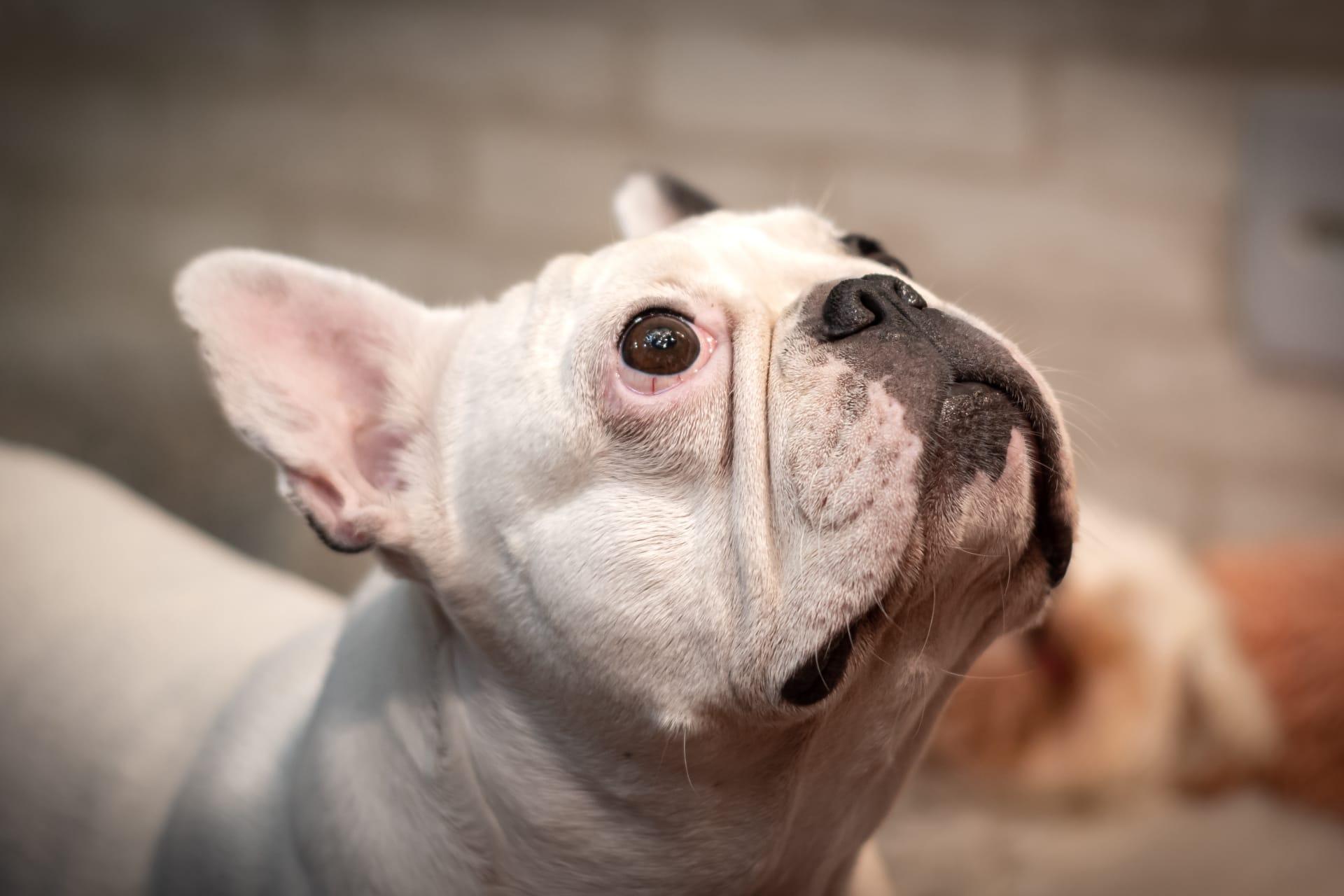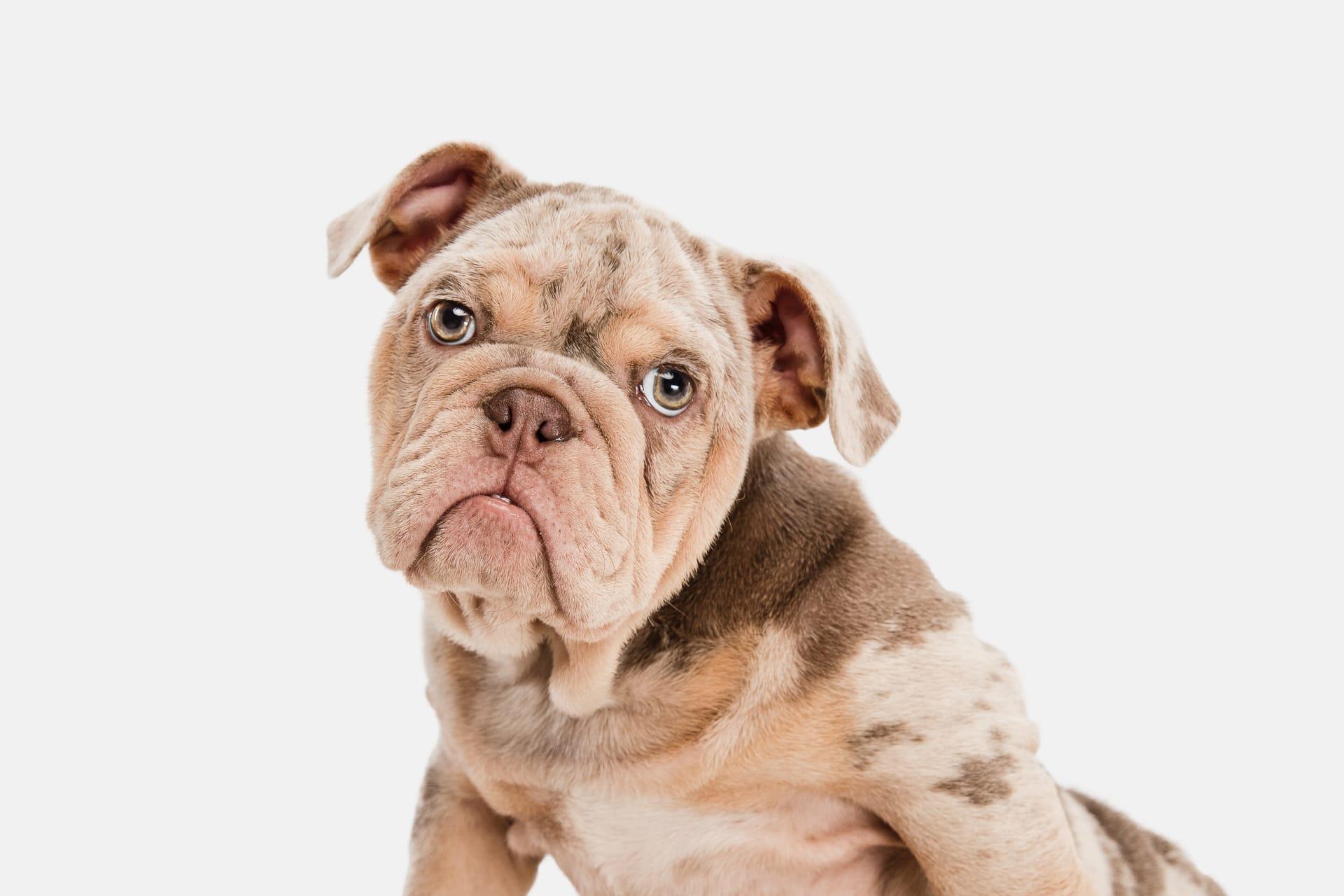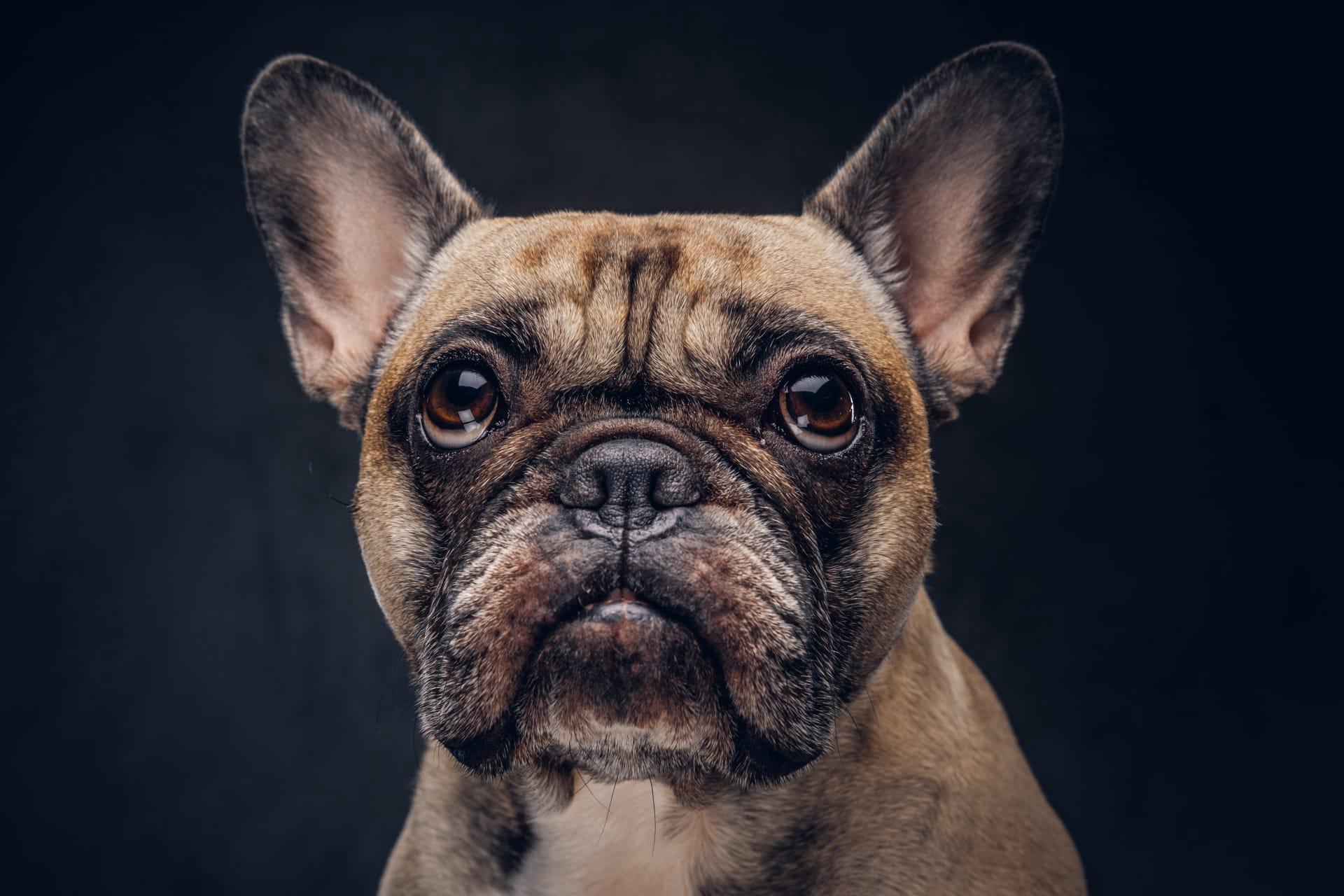1
One captivating detail about Pugs is their unique facial structure, characterized by a short, wrinkled muzzle and a distinct "mask" marking around their eyes. This distinctive feature isn't just for looks; it's a result of centuries of selective breeding. Originally, Pugs were bred by Chinese emperors who favored flat-faced dog breeds, leading to the Pug's expressive, squished face we see today. The wrinkles are not merely cosmetic either; historically, it was believed that the pattern of their wrinkles resembled the Chinese character for "prince," adding to their regal status among dog breeds.
Pugs have a compact and muscular body, standing about 10 to 13 inches tall at the shoulder and weighing between 14 to 18 pounds. Despite their small size, they pack a lot of muscle and strength into their frame. This sturdy build is accompanied by a fine, glossy coat that comes in a variety of colors, including black, fawn, apricot, and silver. Their double coat requires regular grooming to manage shedding and maintain their sleek appearance. The combination of their muscular build and distinctive coat makes Pugs not only charming companions but also robust little dogs with a strong presence.

2
Delving into the Pug's history reveals their ancient origins and esteemed status. Pugs were cherished pets in Tibetan monasteries and later became prized by Chinese emperors, often kept in luxury and guarded by soldiers. Their journey from East to West is a tale of admiration and affection; Dutch traders in the 16th century brought Pugs from China to Europe, where they quickly became favorites among royalty, including the House of Orange and Queen Victoria of England. This historical journey highlights the Pug's enduring appeal and status as a dog fit for kings and queens.
The Pug's tail is another feature full of character and charm. Unlike other breeds, the Pug's tail is tightly curled over its hip, often in a double curl, which is considered particularly perfect. This unique tail feature is not just for show; it's a breed standard that has been admired and preserved over centuries. The curl of a Pug's tail can vary from dog to dog, with some having a tighter curl than others, but each one is a signature trait of this lovable breed, adding to their distinctive silhouette and playful appearance.

3
Pugs are known for their sociable and gentle personality, often described as "shadows" because of their tendency to follow their owners around the house. This breed thrives on human companionship, and their friendly disposition makes them excellent pets for families with children and other animals. Their need for interaction means they do not like being left alone for long periods, making them ideal companions for those who can spend a lot of time with their pets. The Pug's loving nature is complemented by their playful and occasionally mischievous demeanor, providing endless entertainment and affection to their human counterparts.
Despite their playful and robust exterior, Pugs require careful attention to their health and well-being, particularly regarding their respiratory system. Their distinctive flat face, while adorable, can lead to breathing difficulties, especially in hot or humid weather. Owners need to ensure their Pugs are kept cool and hydrated, avoiding excessive exercise during peak heat times. This breed is also prone to obesity if not properly monitored, necessitating a balanced diet and regular exercise to maintain a healthy weight. These health considerations are crucial for the longevity and quality of life of these cherished companions.

4
The Pug's expressive eyes are one of their most endearing features, large, round, and full of emotion, allowing them to communicate effectively with their human friends. These captivating eyes, however, require diligent care to prevent health issues such as dry eye, corneal ulcers, and entropion. Regular check-ups with a veterinarian and attentive grooming can help manage these risks, ensuring the Pug's eyes remain as expressive and healthy as they are captivating.
Pugs have a notable place in cultural history and art, having been featured in many works over the centuries. Notably, the famous Spanish artist Goya depicted Pugs in several of his paintings, showcasing their status and popularity among European elites. In more recent times, Pugs have taken the internet by storm, starring in countless memes, videos, and social media accounts dedicated to their antics and distinctive looks. This blend of historical reverence and modern-day celebrity highlights the timeless appeal of the Pug, transcending cultural and temporal boundaries to remain a beloved breed across the globe.

5
Training a Pug can be a delightful experience due to their eager-to-please nature and intelligence. However, their strong-willed personality can sometimes present a challenge, requiring patience and consistent, positive reinforcement techniques. Their sensitivity to the tone of voice and desire for approval make harsh training methods ineffective. Instead, Pugs respond best to fun, reward-based training sessions that strengthen their natural inclination to bond with their human companions and learn new behaviors.
The Pug's coat, while short, is not as low-maintenance as one might expect. They are known to shed quite a bit, requiring regular grooming to manage the shedding and keep their coat shiny and healthy. A weekly brushing routine can significantly reduce hair buildup in the home and provide an opportunity for bonding between the Pug and their owner. Additionally, the folds in their skin need special attention to keep them clean and dry, preventing skin infections. This grooming regimen highlights the Pug's need for regular care, ensuring their physical appearance matches their charming personality.